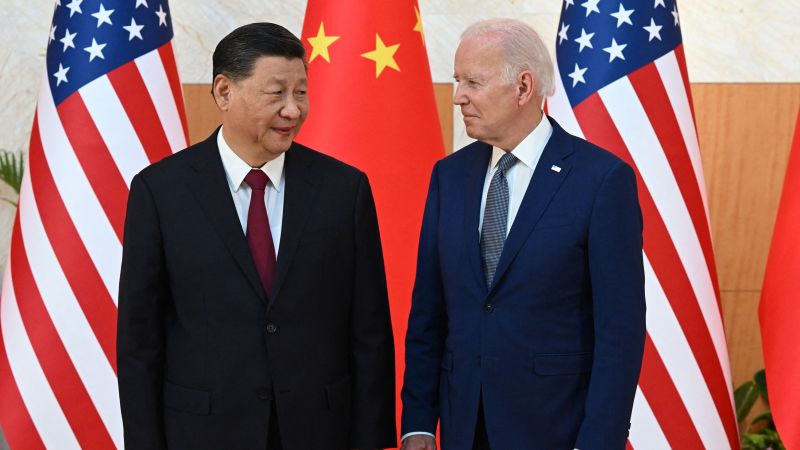As the global economic landscape witnesses ripples of uncertainty, US Commerce Secretary Gina Raimondo’s impending visit to China next week gains significance. With China grappling with a slowdown in its economy, Raimondo’s visit not only offers the potential for improved market access for American companies but also raises the question of whether she can contribute to stabilizing the faltering Chinese economy. A delicate dance of diplomacy and economics unfolds as both nations navigate a critical juncture.
Stakes and Expectations: The Delicate Balancing Act
Gina Raimondo’s journey to Beijing and Shanghai from Sunday through Wednesday comes at a pivotal moment. The world watches with anticipation as her discussions center around the US-China commercial relationship, the hurdles faced by American businesses, and avenues for collaboration. Beijing’s core objective, however, remains seeking respite from the onslaught of US export controls and restrictions on its economy. Craig Singleton, a senior fellow at the Foundation for Defense of Democracies, articulates the primary aim of Beijing as securing temporary relief from these constraints.
Interwoven Economies: US-China Relations and Their Implications
A stable Chinese economy is not only pivotal for Beijing but also resonates strongly in the United States. Despite the ongoing trade curbs and friction points, China remains the largest source of imports for the US. The symbiotic relationship between the two economic giants is exemplified by staggering trade figures – last year, goods exchanged between them reached a historic high of $690.6 billion. American corporations with vast manufacturing networks in China and a dependence on its consumers underscore the interconnectedness of the two economies. Notably, China also stands as a significant foreign creditor to the US, holding substantial US Treasuries.
Challenges Ahead: Friction Points and the Road to Cooperation
Central to the current US-China dynamic are the frictions arising from export controls and “de-risking” measures. Raimondo’s concerns may extend to Beijing’s recent clampdown on Western consulting firms, a move that has disconcerted American businesses. The intricate chessboard of tariffs, restrictions, and geopolitical tensions paints a complex landscape for both nations. While incremental progress is noticeable – the removal of 27 Chinese companies from US export controls and limited government-to-government communication the path to meaningful cooperation remains uncertain.
As Secretary Raimondo engages in high-stakes negotiations, the question lingers: will the Biden administration opt for a more conciliatory approach or maintain its current stance? The delicate balance between economic stability, political posturing, and the imperative for collaboration rests upon this pivotal moment. The Chinese leadership’s willingness to navigate risks and Washington’s response will shape the trajectory of US-China relations and reverberate across the global economic tapestry.
In this intricate web of diplomacy and economics, Gina Raimondo’s journey takes on multifaceted significance. Can her visit provide the impetus for recalibration and cooperation, or will it amplify the existing fault lines? As the world watches these high-stakes maneuvers, the realization that a stable Chinese economy is crucial for both the US and China underlines the complexity and urgency of the situation. The ball, it seems, lies in Washington’s court, with the potential to steer the course of economic history.
















